Computer vision is a field of artificial intelligence (AI) that enables computers to interpret and process visual information from the world, such as images and videos. By analyzing visual data, computer vision systems can perform tasks like object recognition, image classification, and scene reconstruction, facilitating applications across various industries.
Overview
Computer vision involves the development of algorithms and models that allow machines to gain high-level understanding from visual inputs. This technology is integral to applications ranging from facial recognition and autonomous vehicles to medical image analysis and quality inspection in manufacturing. By mimicking human vision, computer vision systems can automate complex tasks, enhance decision-making processes, and improve operational efficiency.
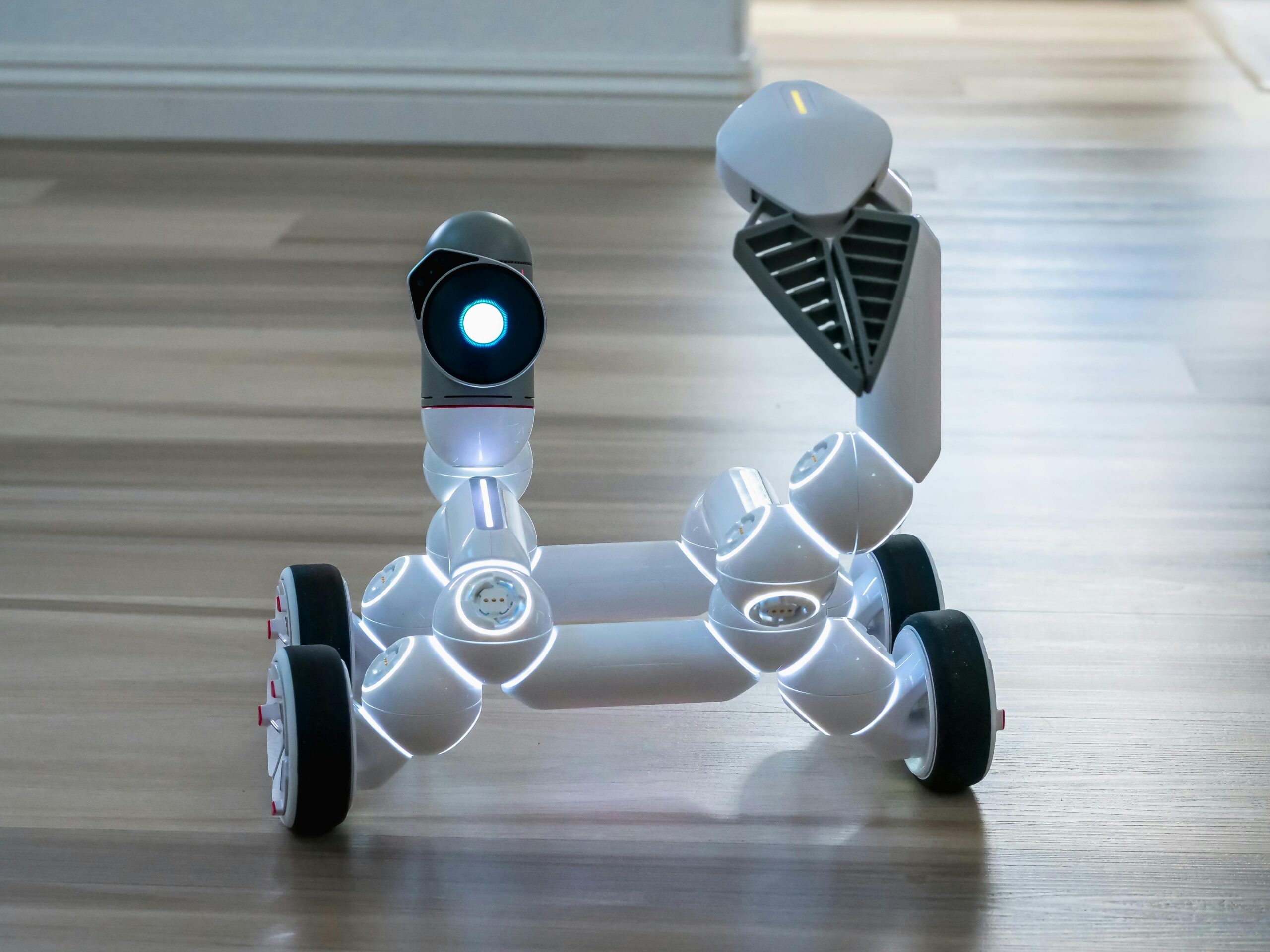
Developing tailored applications that address specific business needs, such as automated quality inspection systems or personalized retail experiences.
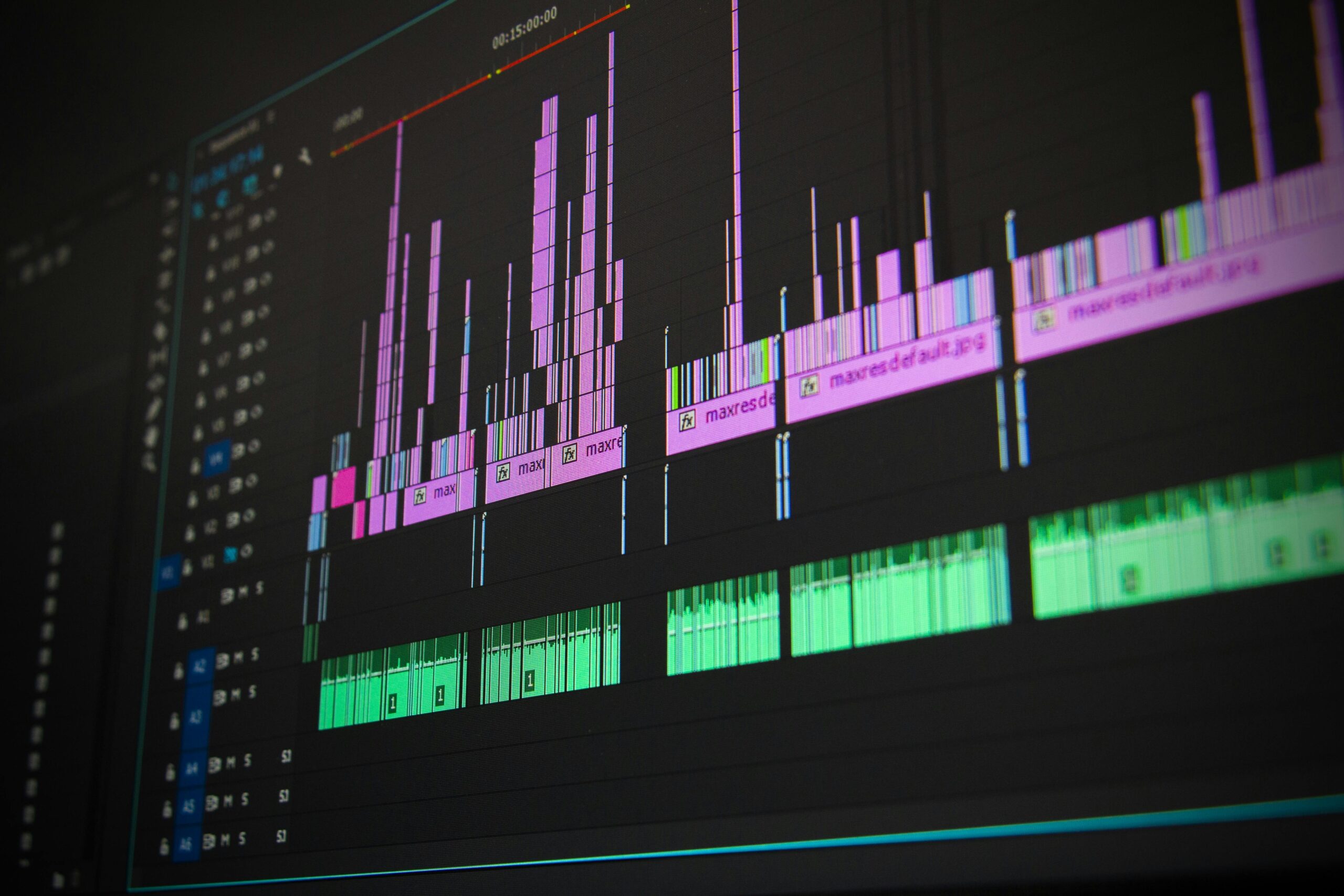
Implementing systems capable of processing and interpreting visual data to extract meaningful insights, applicable in security surveillance and content moderation.
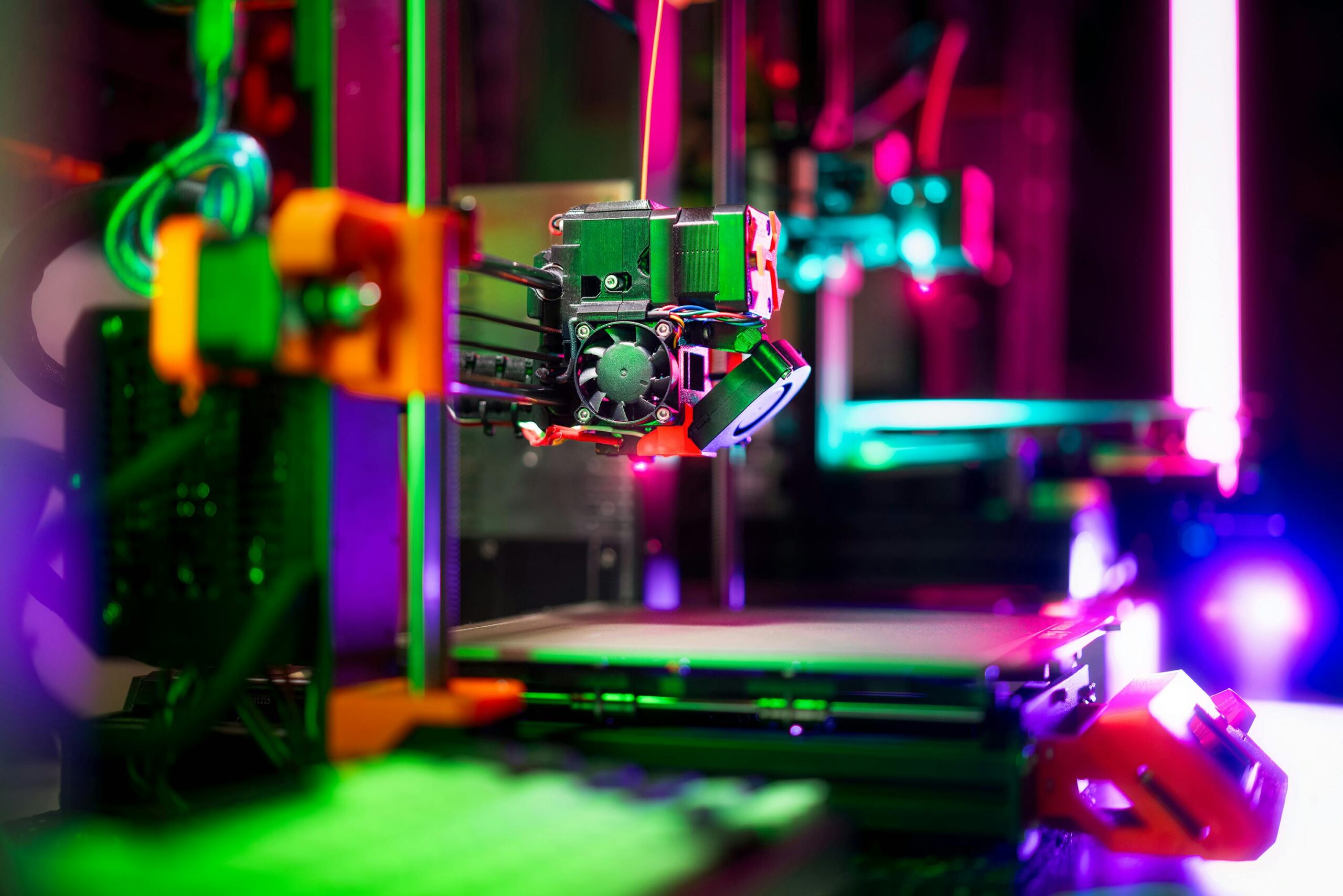
Creating models that can identify and locate objects within images or videos, essential for applications like autonomous driving and inventory management.
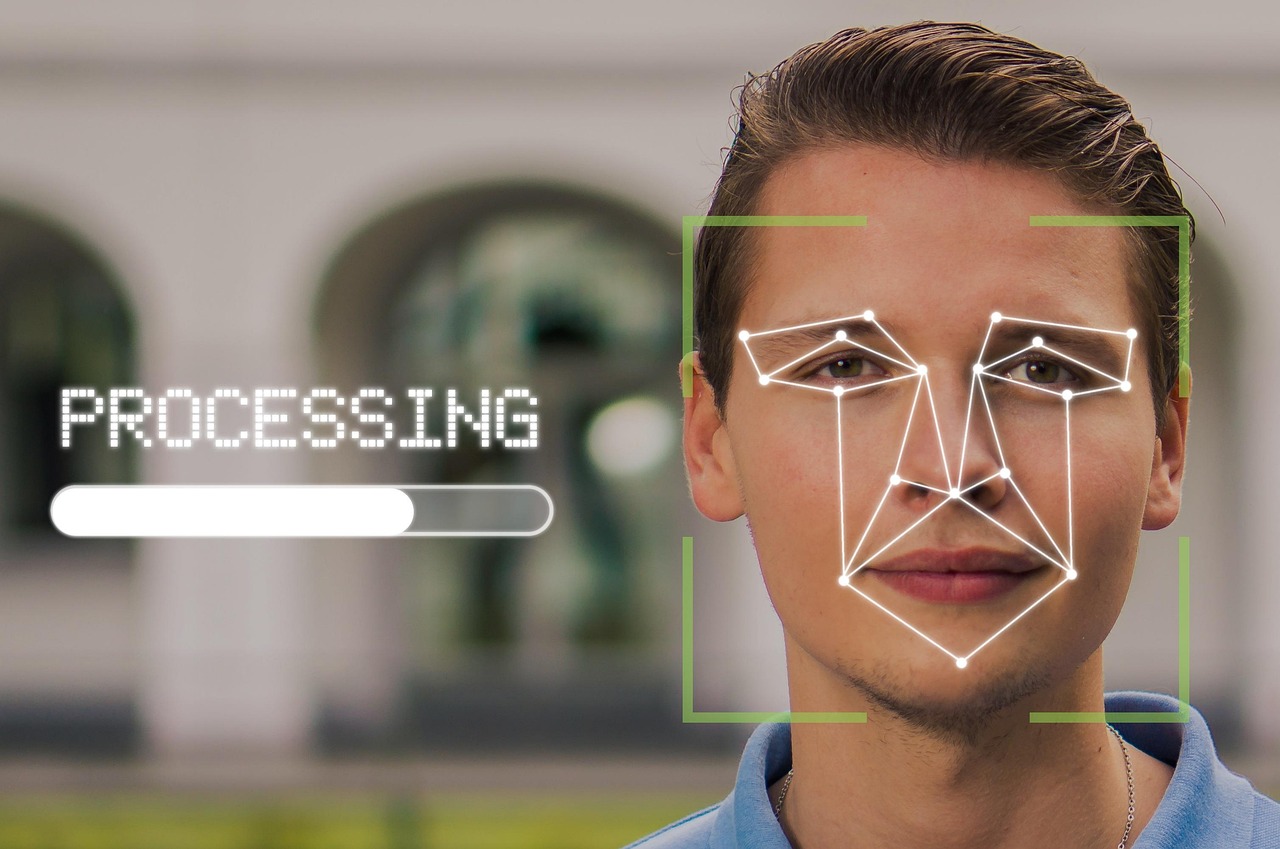
Designing applications that accurately identify or verify individuals' identities, enhancing security protocols and user authentication processes.
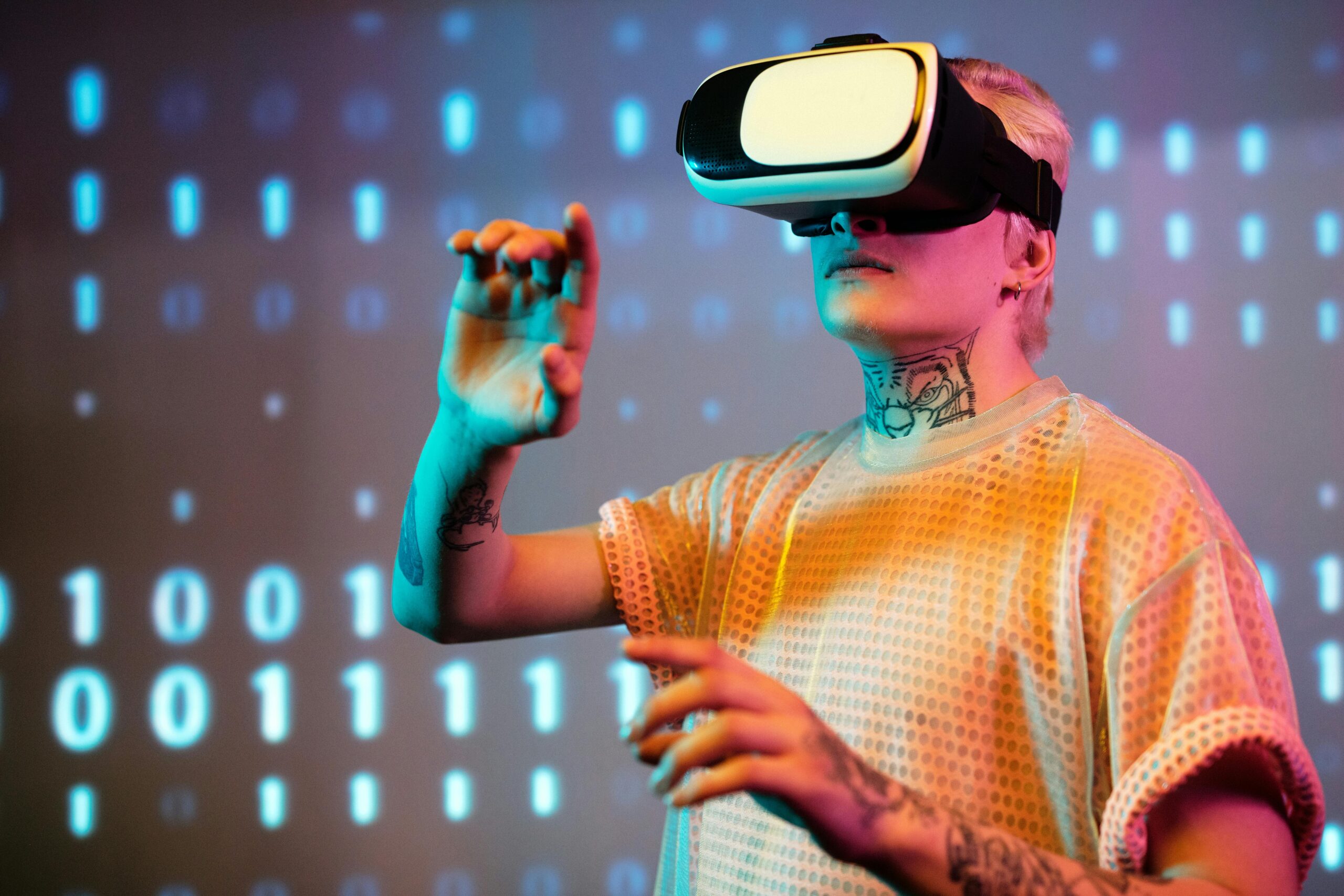
Developing AR applications that overlay digital information onto the physical environment, enriching user experiences in gaming, education, and retail.

Building tools that assist in analyzing medical images, aiding in early diagnosis and treatment planning for various health conditions.
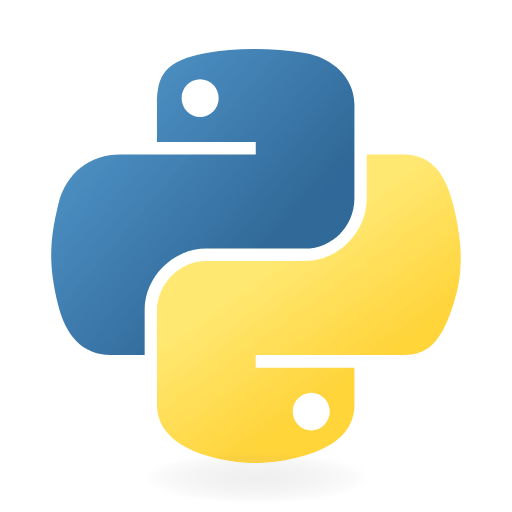





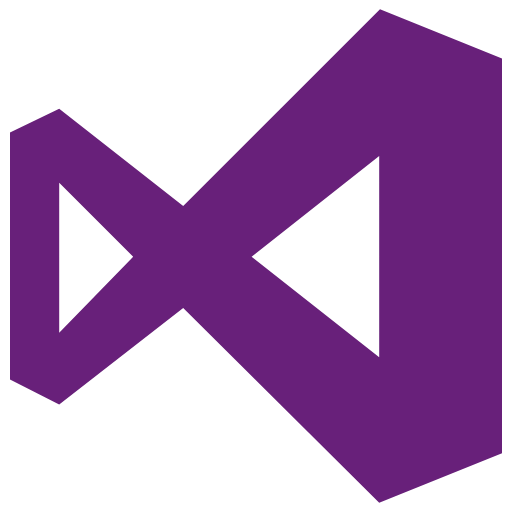
Start by identifying the specific computer vision task—such as object detection, image classification, facial recognition, or segmentation. Clearly define the business goals and success metrics.
Gather a large and diverse set of images or videos related to your task. Annotate them with labels, bounding boxes, or segmentation masks depending on the problem type. High-quality labeled data is critical for success.
Clean and standardize the data by resizing, normalizing, and removing noise. Use data augmentation techniques like rotation, flipping, or color adjustments to increase dataset diversity and improve model robustness.
Select a model suited for your task—like CNNs for classification, YOLO or Faster R-CNN for object detection, or U-Net for segmentation. Pre-trained models can be fine-tuned to save time and resources.
Feed the preprocessed data into your model and train it using appropriate loss functions and optimizers. Monitor training metrics like accuracy, loss, precision, and recall to evaluate progress and avoid overfitting.
Use a separate validation dataset to test the model's performance. Measure key metrics such as confusion matrix, mean average precision (mAP), or Intersection over Union (IoU), depending on the task.
Adjust hyperparameters like learning rate, batch size, and model depth. Apply techniques like model pruning, quantization, or knowledge distillation to improve efficiency for deployment.
Throughout the process, ethical considerations, privacy concerns, and regulatory compliance are addressed to ensuIntegrate the model into a production environment—on the cloud, edge devices, or mobile platforms. Ensure it's scalable and responsive for real-time or batch image processing. re responsible use of generative AI.
Continuously monitor the model’s performance in the real world. Detect model drift, re-label new data if needed, and retrain the model periodically to keep it accurate and effective.
Implement measures to ensure the system respects privacy, avoids bias, and complies with regulations. Secure image data and model access to protect against misuse.
We as an esteemed firm that provides technological solutions in this digital era with a very professional environment.
Don’t miss our future updates! Get Subscribed Today!